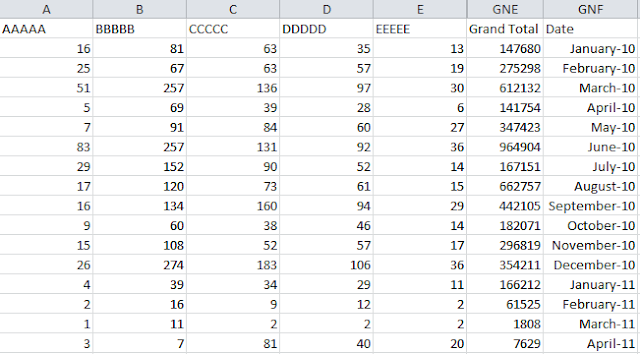ICC Cricket World Cup (1975 - 2015): a visual history
Being the cricket obsessed fan that I am (my obsession has gotten worse since I moved away from India and Australia to the US where I am starved of watching live cricket - distance does make the heart grow fonder!), I worked on a fun project this weekend. I first started with a story map tour of all the cities that have hosted the finals of the various ICC Cricket World Cup tournaments from inception (1975) until the last edition (2015).
You can access the story map tour web app here: http://arcg.is/2l6QaOM
Next, I created a map of all the countries that have ever participated in the World Cup. Here is what the map looks like:
The size of the flag indicates the number of times that a country has been the world champion (min value = 0; max value = 5).
Then I focused on the two World Cups (held in 1987 and 2011) that were hosted by Asian countries. For each of these editions, I created a map that marked the various venues where the cricket matches were played. Here is what the map looks like:
The size of the bubbles represents the number of matches played at the venue. To easily identify the venues that were added / dropped in 2011 and the difference in the number of matches played at each venue, I created a Story Map Swipe web app where if you scroll right, you can only see the 1987 venues where as if you scroll left, you can see the 2011 venues appear. I think this is a really cool web app (even if I say so myself!).
You can view this Story Map Swipe web app in all it's glory here: http://arcg.is/2la9Hh5
Finally, to put all this together in a story that (hopefully!) flows nicely, I created the following Story Map Journal app:
You can directly view the Story Map Journal web app in all its glory here: http://arcg.is/2la792B
I hope you enjoyed my visual history of the ICC Cricket World Cup (1975 - 2011). I'd love to hear your thoughts in the comments section.
You can access the story map tour web app here: http://arcg.is/2l6QaOM
Next, I created a map of all the countries that have ever participated in the World Cup. Here is what the map looks like:
The size of the flag indicates the number of times that a country has been the world champion (min value = 0; max value = 5).
Then I focused on the two World Cups (held in 1987 and 2011) that were hosted by Asian countries. For each of these editions, I created a map that marked the various venues where the cricket matches were played. Here is what the map looks like:
The size of the bubbles represents the number of matches played at the venue. To easily identify the venues that were added / dropped in 2011 and the difference in the number of matches played at each venue, I created a Story Map Swipe web app where if you scroll right, you can only see the 1987 venues where as if you scroll left, you can see the 2011 venues appear. I think this is a really cool web app (even if I say so myself!).
You can view this Story Map Swipe web app in all it's glory here: http://arcg.is/2la9Hh5
Finally, to put all this together in a story that (hopefully!) flows nicely, I created the following Story Map Journal app:
You can directly view the Story Map Journal web app in all its glory here: http://arcg.is/2la792B
I hope you enjoyed my visual history of the ICC Cricket World Cup (1975 - 2011). I'd love to hear your thoughts in the comments section.



Complete guide for How to Buy 2019 ICC World Cup Tickets Online
ReplyDeleteHi nice and very informative Article. Thank you for sharing. I have also share some usefull information on other plaforms.
ReplyDeleteICC T20 World Cup 2020
CricketWorldCup2019timetable
2019 Cricket World Cup Squad
2019 ICC Cricket World CupWinning Amount
IPL 2019 Live
Nice and very informative Article.Thank you for sharing. I have also share some usefull information on other plaforms.
ReplyDeleteMS Dhoni fits in as the perfect anchorman for Team India
Dhoni Fan Club
Kohli looking forward to ICC World Cup 2019
we easily identify the venues that were added / dropped in 2011 and the difference in the number of matches played at each venue icc world cup 2019 schedule
ReplyDeletenice post man Crictime Live Cricket Streaming
ReplyDelete